AO Edited
'El Yanga'
A statue of the formerly enslaved person considered "the first liberator of the Americas" stands in the town named after him.
The enslaved African man most commonly known as Gaspar Yanga is one of those historic figures who seems to cause constant dissensus. For one, he’s variously known as Nyanga, Ñanga, or just plain Yanga, all quite similar to the Yoruba language word for “pride.” It is not yet commonly accepted if his 1545 birth was to the royal lineage of a tribe in what is now Gabon before his capture and sale, or if he had been of commoner descent. Finally, his title as the “first liberator of the Americas” is disputed. Though it is estimated his successful rebellion occurred in 1570, it’s possible there could have been early revolts that were not documented.
Despite the enslaving and indentured labor of a high percentage of the indigenous people in Mexico under Spanish colonial rule, New Spain was the recipient of many enslaved Africans. New Spain is considered to have been the country with the fourth-largest population of enslaved black people in the Americas, most of whom arrived via the Gulf port of Veracruz.
Yanga worked in the Nuestra Señora de la Concepción sugarcane plantation not too far from this port. In 1570, he led several of his fellow enslaved people into escaping from the plantation, and together they established a palenque, a community of freedpeople.
Yanga’s palenque grew to include other escaped slaves, such as the group led by Francisco de la Matosa. The community eventually caught the attention of Viceroyal authorities, who tried to subdue the palenque in 1609. Yanga’s forces successfully defended their population, and in 1631, the viceroy Rodrigo Pacheco declared the community to be a free town under the name of San Lorenzo de los Negros.
The town was eventually renamed San Lorenzo Cerralvo until 1932, when Mexican authorities decided to call it Yanga in commemoration of its original founder. The bronze statue in his honor, designed by Veracruzano artist Erasmo Vásquez Lendechy (an alumn of Diego Rivera), was unveiled in August 1976. The statue is surrounded by a wall with murals depicting the revolt, and together they form the Monumento al Negro Yanga (Monument to Black Man Yanga).
Know Before You Go
The statue is located in a public square on the east of Yanga. The Regional Museum of Palmillas has exhibits and murals relating to this rebellion and is located a few minutes east of the statue.

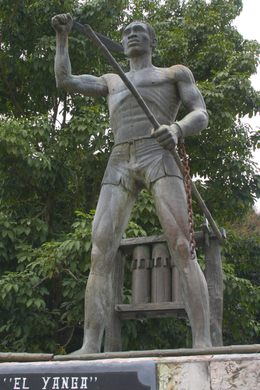
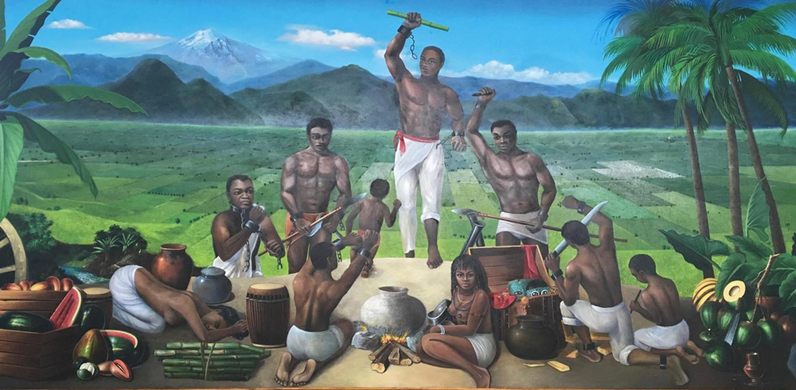
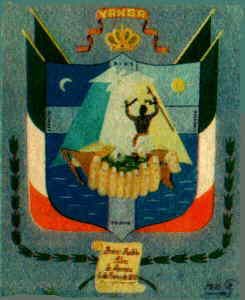






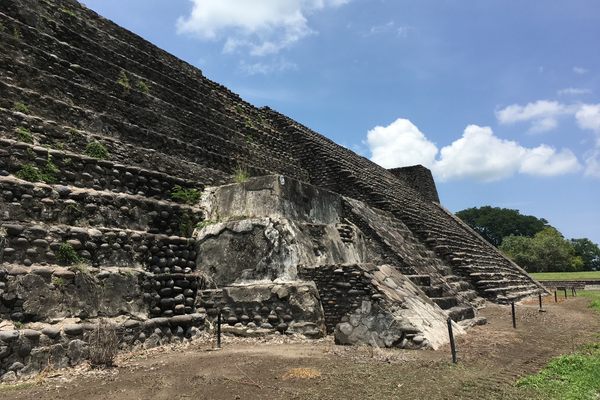

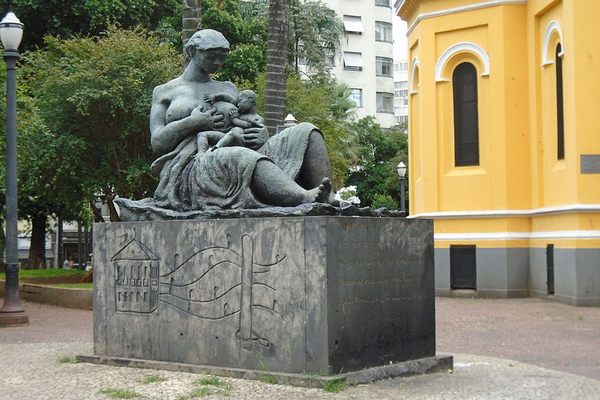
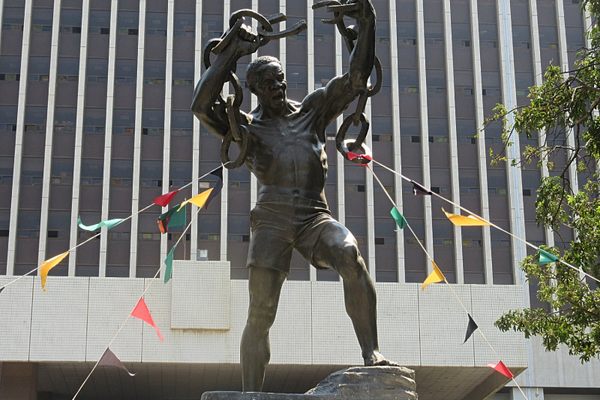


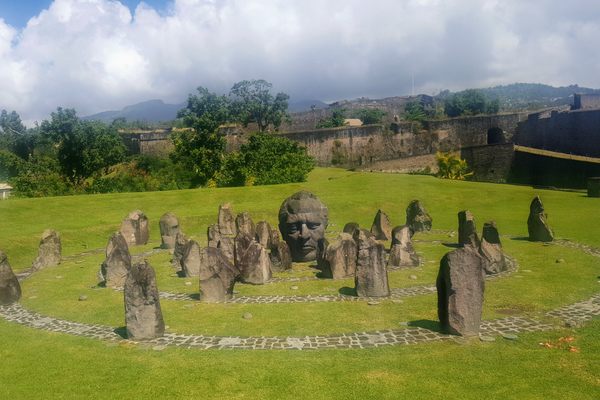
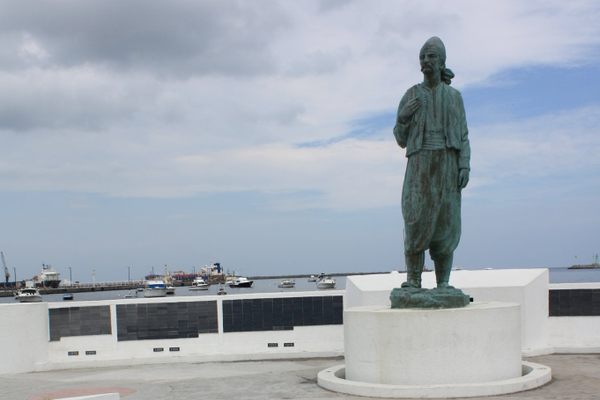

Follow us on Twitter to get the latest on the world's hidden wonders.
Like us on Facebook to get the latest on the world's hidden wonders.
Follow us on Twitter Like us on Facebook